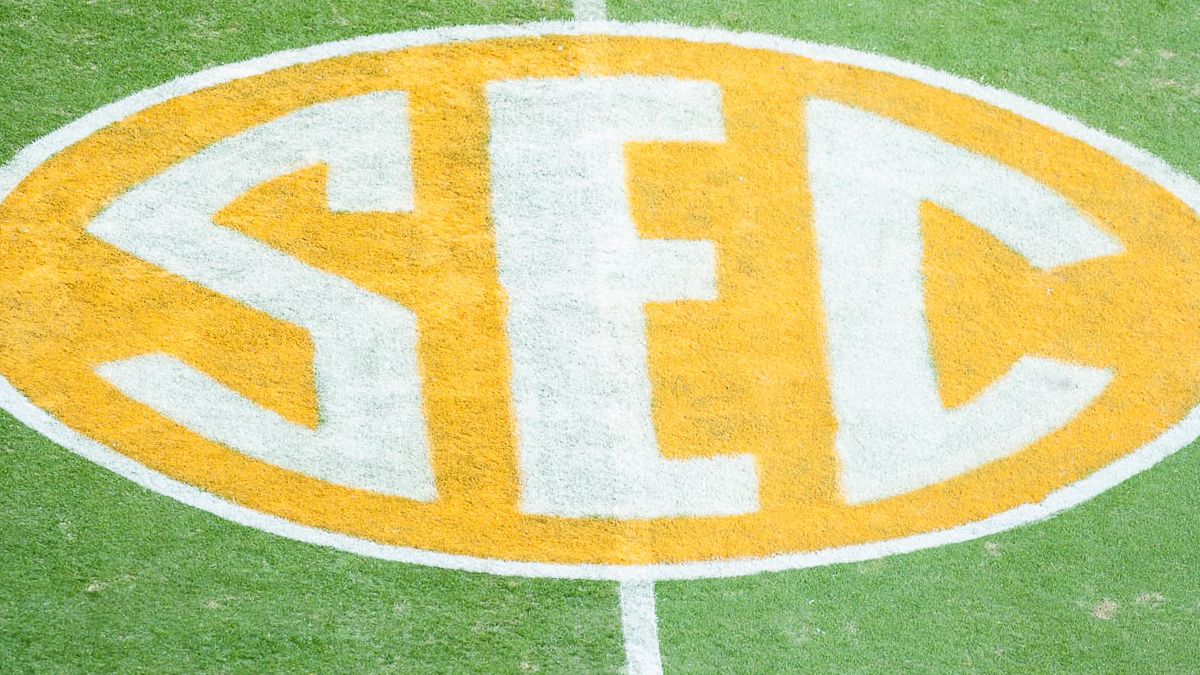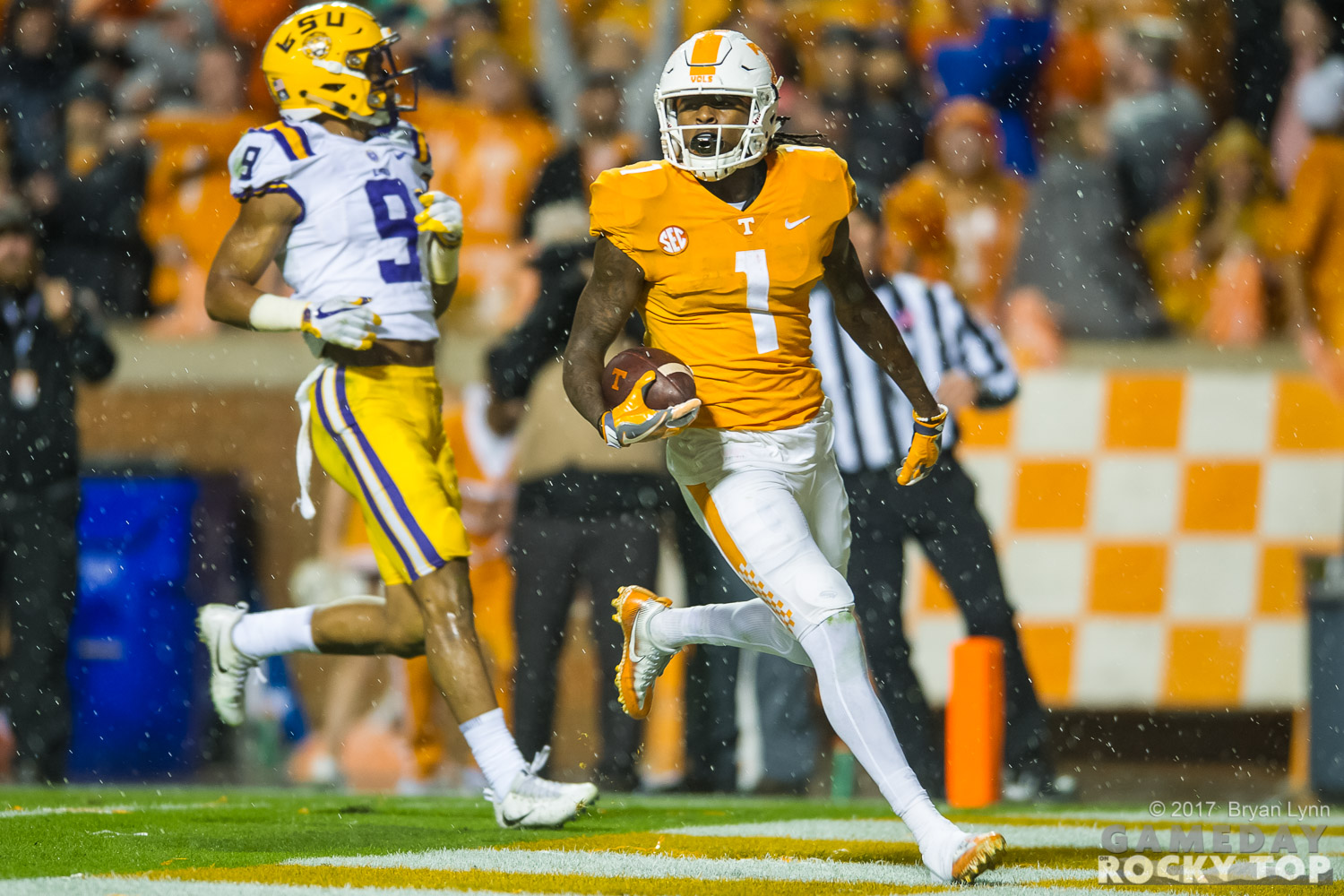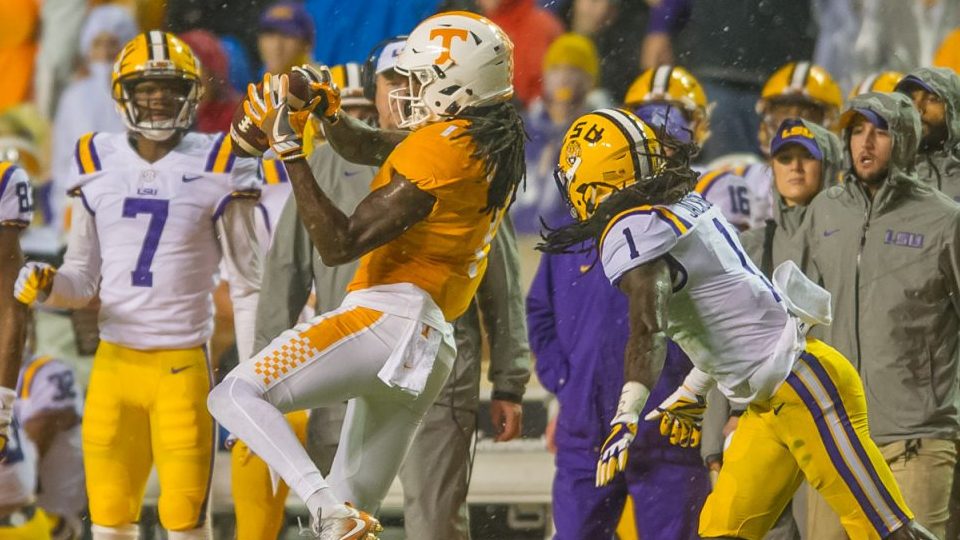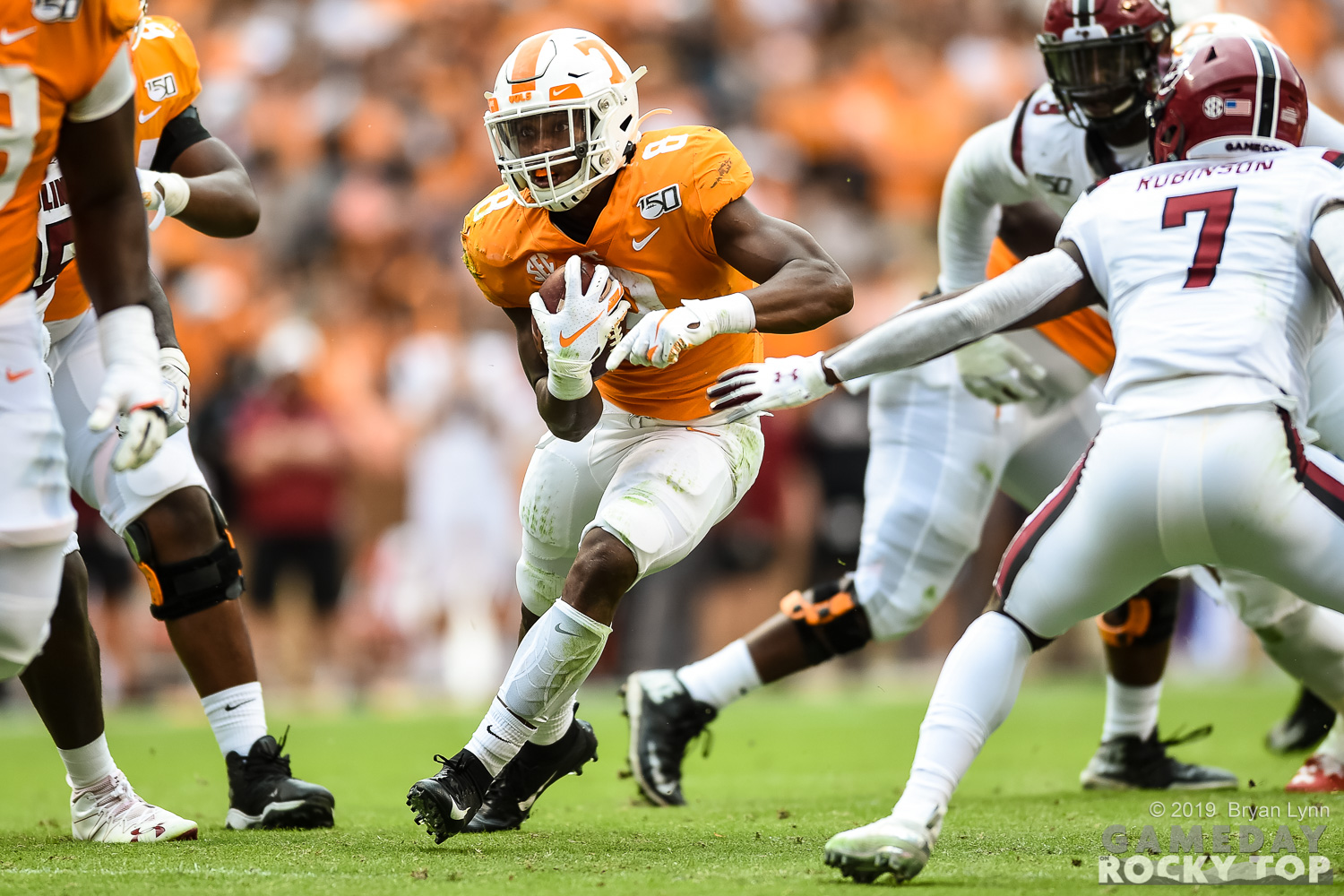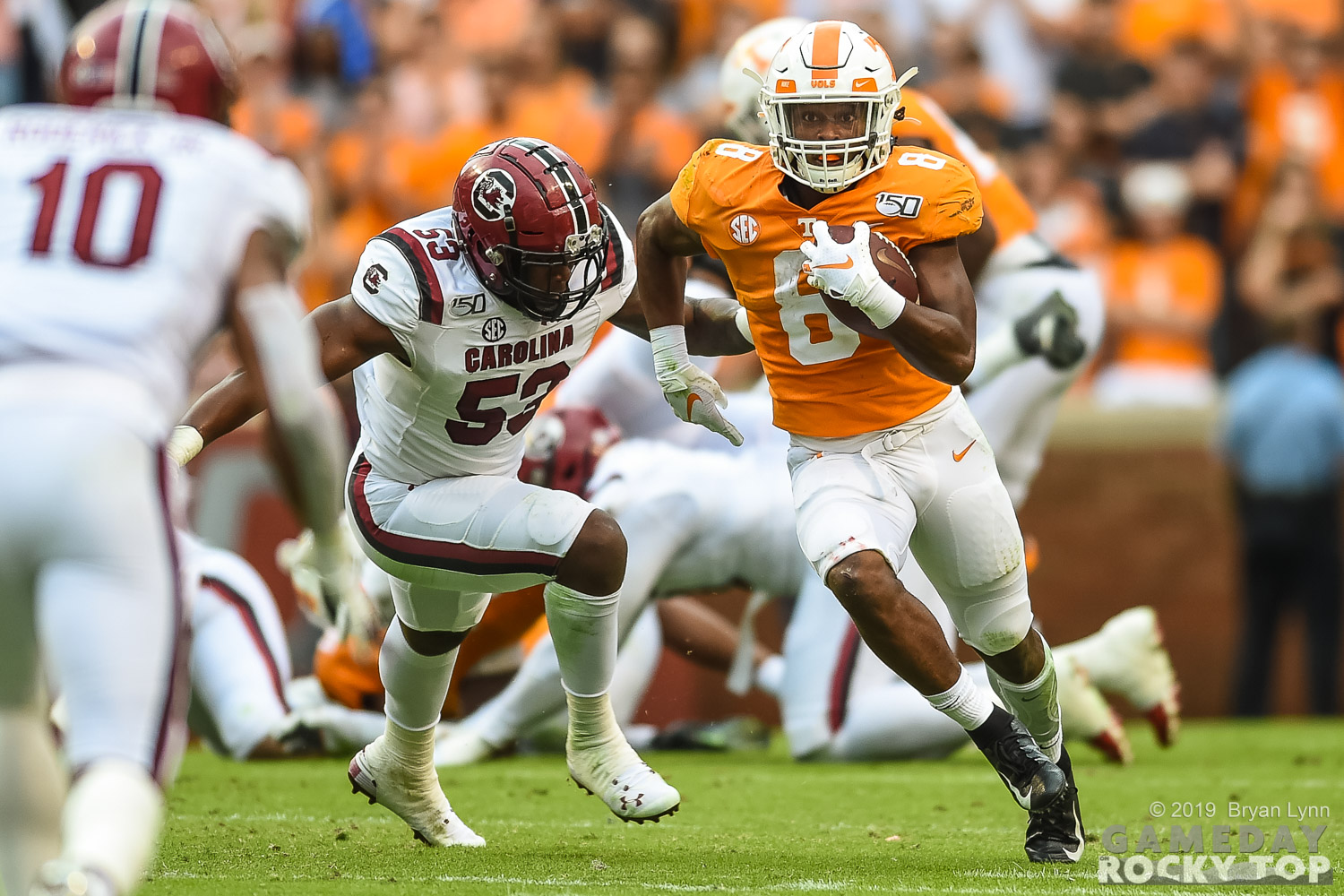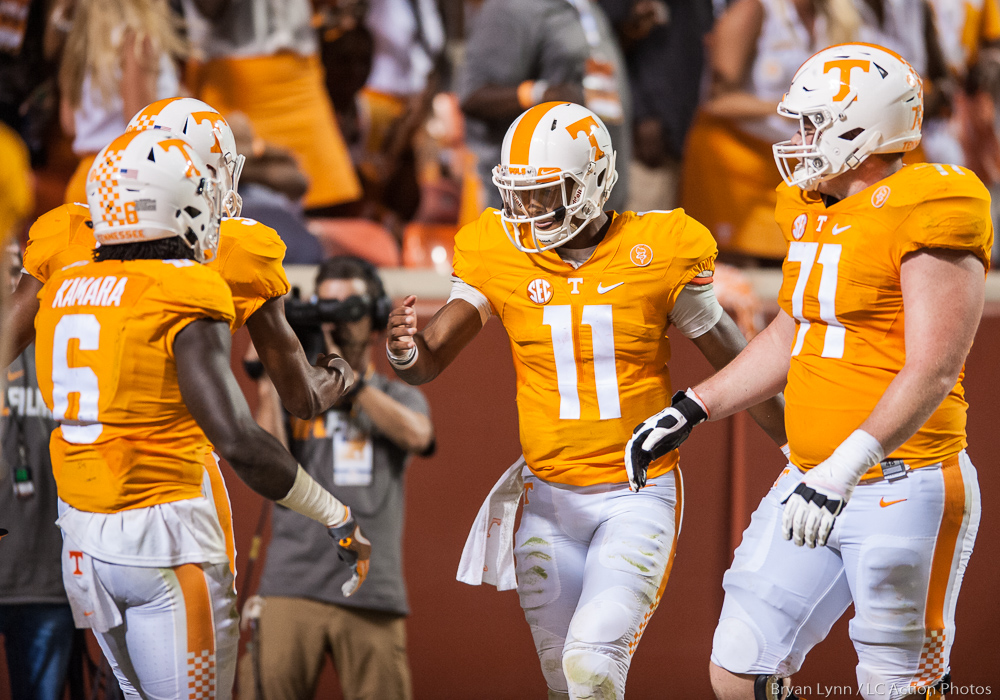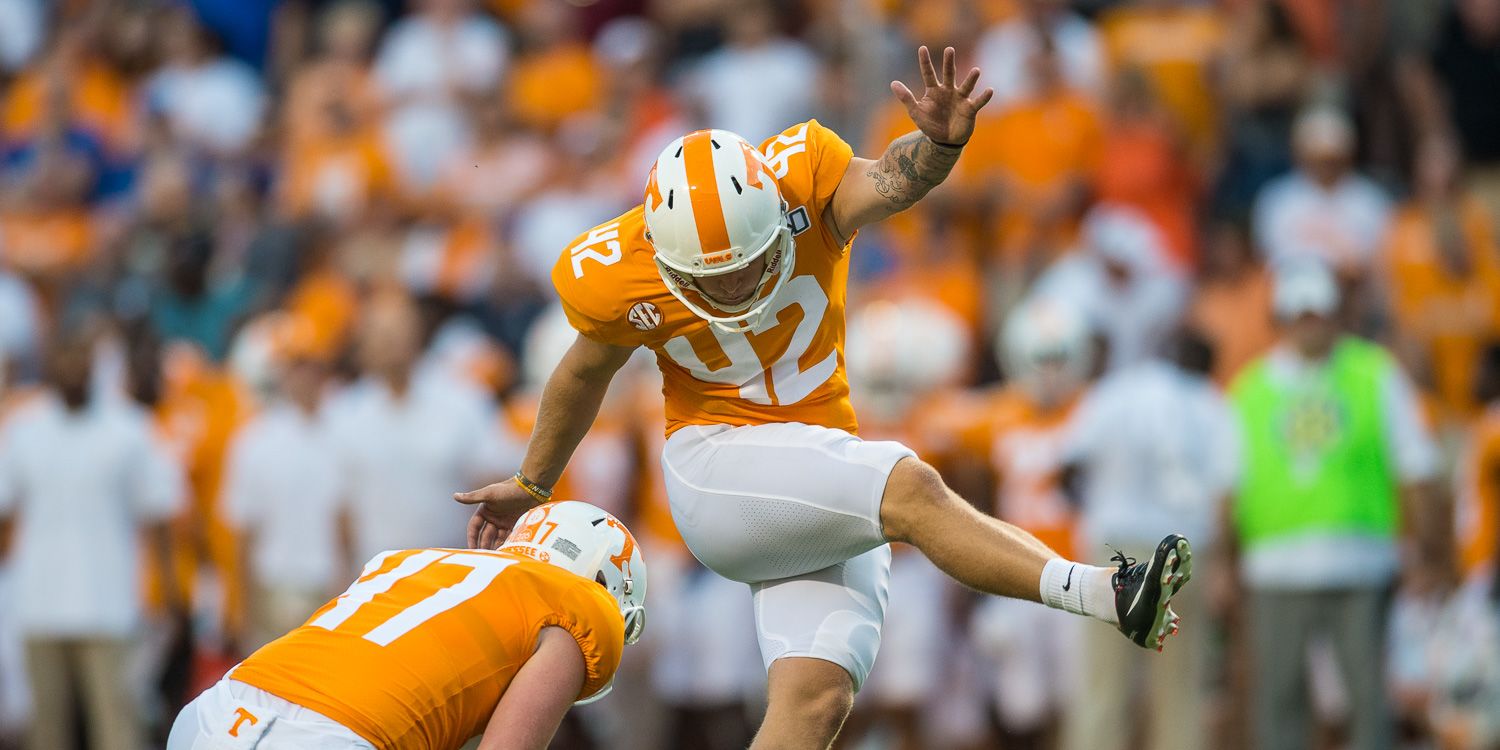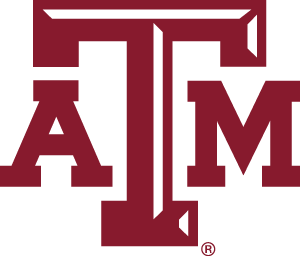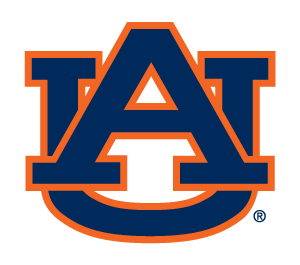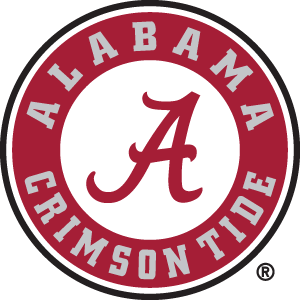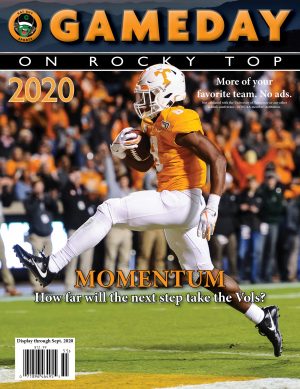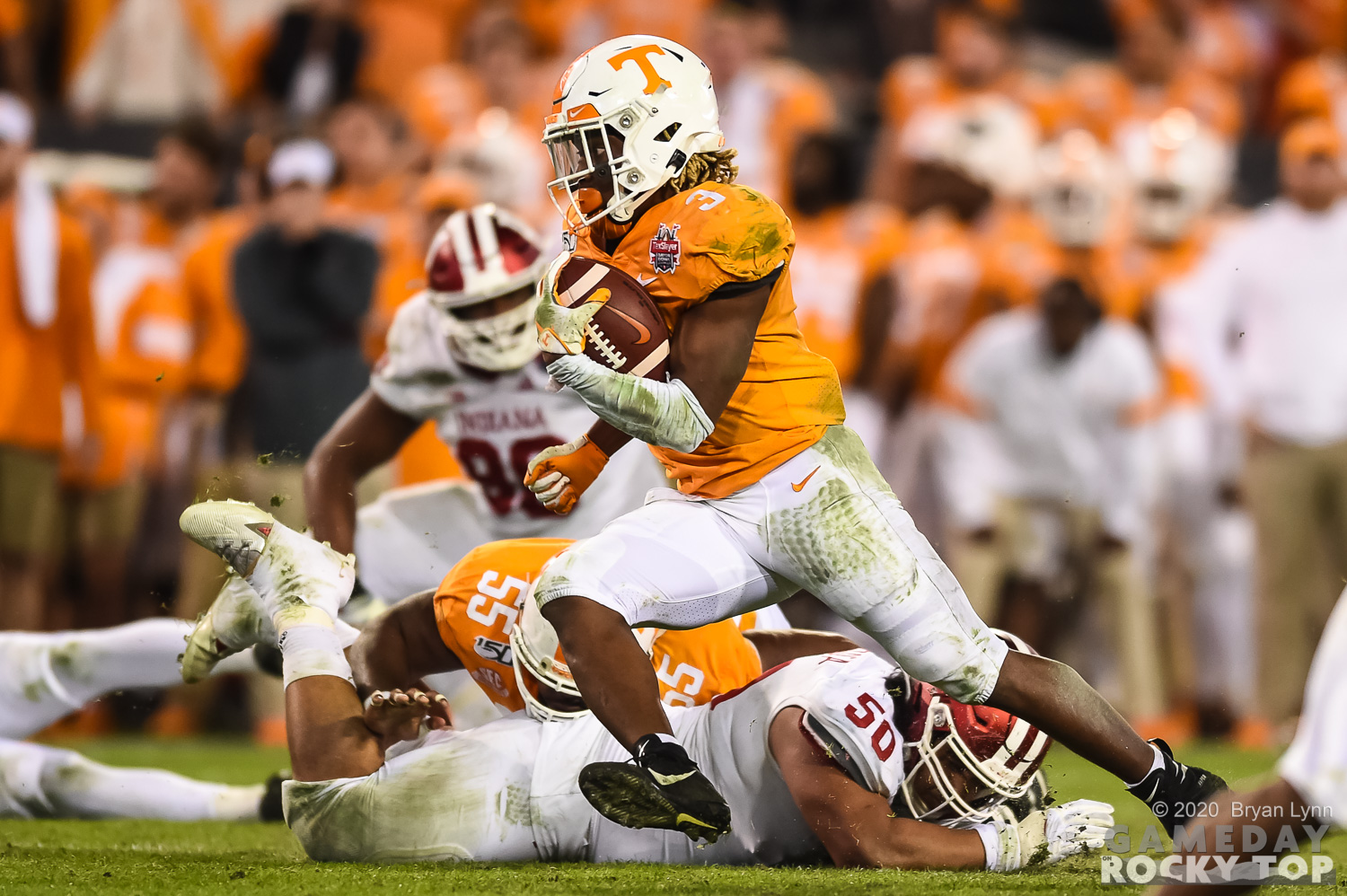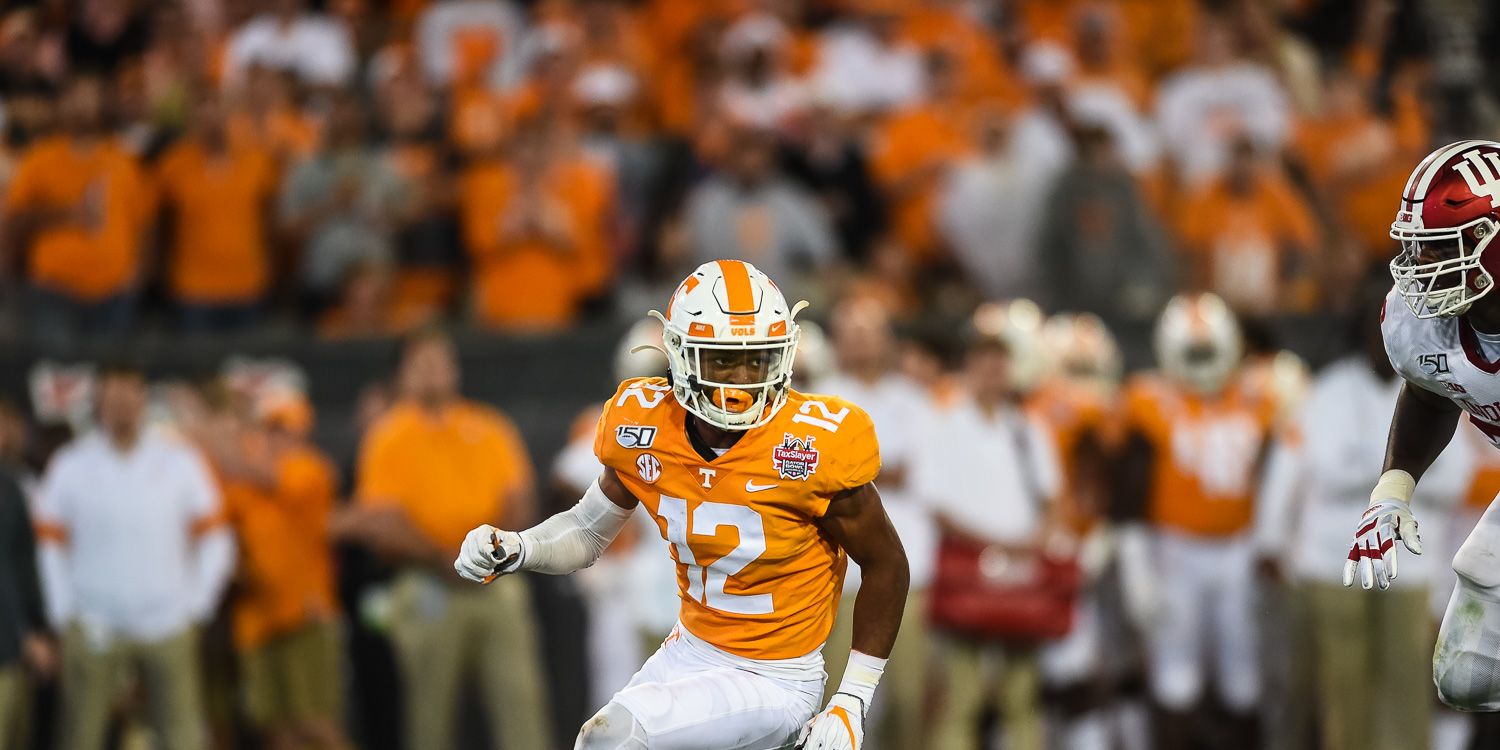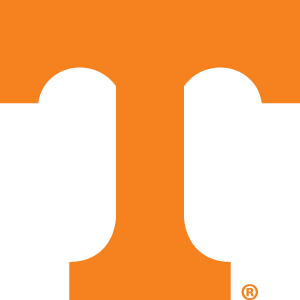While we’re waiting for the real thing, here’s my best attempt at a mock 10-game league schedule. The guiding principles:
The two new opponents are added based on strength of schedule. I used preseason SP+ data to put each division in four tiers:
- SEC East 1: Florida, Georgia
- SEC East 2: Kentucky, Tennessee
- SEC East 3: Missouri, South Carolina
- SEC East 4: Vanderbilt
- SEC West 1: Alabama
- SEC West 2: Auburn, LSU, Texas A&M
- SEC West 3: Ole Miss, Mississippi State
- SEC West 4: Arkansas
We originally did this exercise to pick new opponents more than three weeks ago, but I made a copy/paste error on Auburn’s schedule and fooled myself into thinking no SEC West team had to play both Florida and Georgia. In reality, someone does, and I went with Auburn for a couple of reasons. The Tigers get the benefit of also playing Vanderbilt. If we anticipated full stadiums, I would’ve given Alabama both the Dawgs and Gators in Tuscaloosa. But that seems out of balance with home field worth far less this year, so this way both Auburn and Alabama play Georgia, then split the rest of the SEC East, with Auburn getting both Florida and Vanderbilt for balance. There’s also still a rivalry factor (I think) with the Gators and Auburn, annual foes before the league switched formats in 2003. Otherwise, I stuck with the two new opponents selected in that piece three weeks ago.
If each tier is worth its designated point value, every team in the league plays a cross-divisional schedule worth either nine or ten points, except now Auburn is at eight points.
| Team | Annual | 2020 | New | New |
| Florida | LSU | Ole Miss | Auburn | Texas A&M |
| Georgia | Auburn | Alabama | Arkansas | Miss State |
| Kentucky | Miss State | Auburn | LSU | Ole Miss |
| Missouri | Arkansas | Miss State | Alabama | LSU |
| S Carolina | Texas A&M | LSU | Alabama | Arkansas |
| Tennessee | Alabama | Arkansas | Ole Miss | Texas A&M |
| Vanderbilt | Ole Miss | Texas A&M | Auburn | Miss State |
| Alabama | Tennessee | Georgia | Missouri | S Carolina |
| Arkansas | Missouri | Tennessee | Georgia | S Carolina |
| Auburn | Georgia | Kentucky | Florida | Vanderbilt |
| LSU | Florida | S Carolina | Kentucky | Missouri |
| Ole Miss | Vanderbilt | Florida | Kentucky | Tennessee |
| Miss State | Kentucky | Missouri | Georgia | Vanderbilt |
| Texas A&M | S Carolina | Vanderbilt | Florida | Tennessee |
Now that we’ve got the teams, the schedule itself:
Division games are played the first seven weeks, with annual rivalries taking up the odd team out slot each week. So from September 26 through November 7, each week would feature six divisional games and one annual rivalry. Every team gets a bye on November 14. This leaves room for any early season cancellations to slide over. Then the existing 2020 rotating opponent is played on November 21 (SEC West hosting this year), so we put SEC East hosts for new games on November 28 and back to the West for the season finale on December 5.
(If you can’t see the full tables, turn your phone to landscape mode or click here for a better look via Google Sheets.)
SEC East
| FLA | UGA | UK | MIZ | SCAR | TEN | VAN | |
| 9.26 | UK | AUB | at FLA | VAN | TEN | at SCAR | at MIZ |
| 10.3 | LSU | at MIZ | at TEN | UGA | at VAN | UK | SCAR |
| 10.10 | at VAN | at SCAR | MSU | at TEN | UGA | MIZ | FLA |
| 10.17 | vs UGA | vs FLA | VAN | at SCAR | MIZ | ALA | UK |
| 10.24 | MIZ | at UK | UGA | at FLA | A&M | at VAN | TEN |
| 10.31 | SCAR | TEN | at MIZ | UK | at FLA | at UGA | MISS |
| 11.7 | at TEN | VAN | SCAR | vs ARK | at UK | FLA | at UGA |
| 11.14 | |||||||
| 11.21 | at MISS | at ALA | at AUB | at MSU | at LSU | at ARK | at A&M |
| 11.28 | A&M | MSU | LSU | ALA | ARK | MISS | AUB |
| 12.5 | at AUB | at ARK | at MISS | at LSU | at ALA | at A&M | at MSU |
SEC West
| ALA | ARK | AUB | LSU | MISS | MSU | A&M | |
| 9.26 | at ARK | ALA | at UGA | MISS | at LSU | A&M | at MSU |
| 10.3 | at MISS | at MSU | A&M | at FLA | ALA | ARK | at AUB |
| 10.10 | A&M | LSU | at MISS | at ARK | AUB | at UK | at ALA |
| 10.17 | at TEN | at A&M | LSU | at AUB | MSU | at MISS | ARK |
| 10.24 | at LSU | MISS | at MSU | ALA | at ARK | AUB | at SCAR |
| 10.31 | MSU | at AUB | ARK | at A&M | at VAN | at ALA | LSU |
| 11.7 | AUB | vs MIZ | at ALA | MSU | at A&M | at LSU | MISS |
| 11.14 | |||||||
| 11.21 | UGA | TEN | UK | SCAR | FLA | MIZ | VAN |
| 11.28 | at MIZ | at SCAR | at VAN | at UK | at TEN | at UGA | at FLA |
| 12.5 | SCAR | UGA | FLA | MIZ | UK | VAN | TEN |
It’s not perfect, but really any of those first seven weeks can be moved around. The way I’ve drawn it up, the Vols get Georgia and Florida back-to-back, and Alabama plays four of its first five on the road, something I think we’d have to see the conference office do to believe it. But in a season of weirdness, I like the balance this schedule is built on. Like anything else right now, it seeks to make the best of the given moment.
